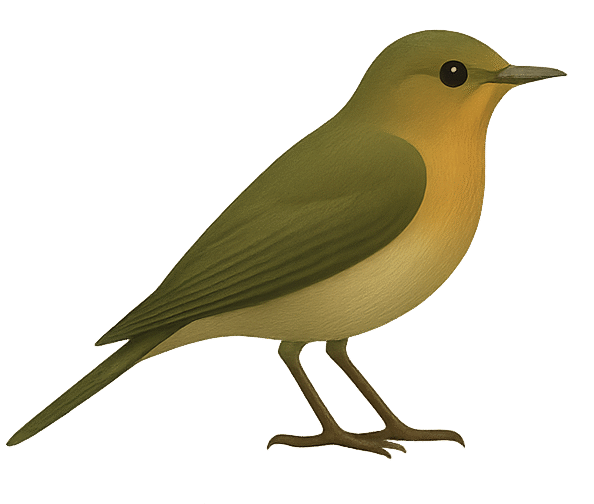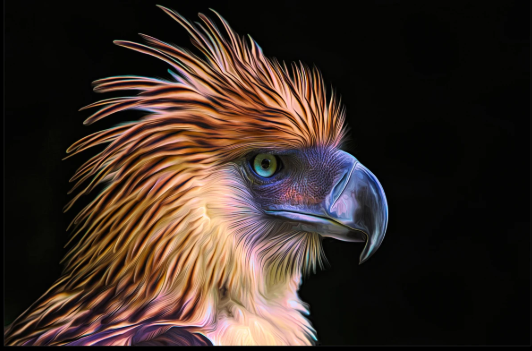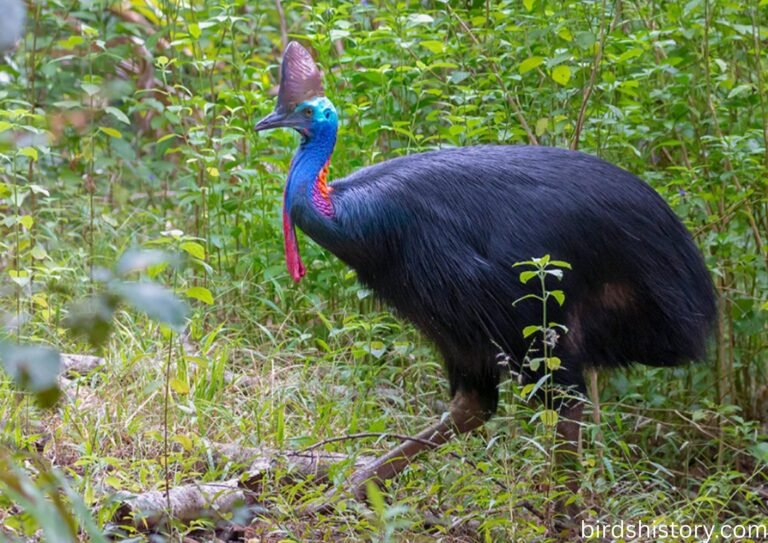The Great Argus: Nature’s Master of Feathered Displays
Among the many birds that dazzle us with their colors, calls, and behaviors, the Great Argus (Argusianus argus) stands out as one of the most spectacular. Known for its elaborate courtship dance and incredible plumage, this bird is often called the “stage performer” of the rainforest. You’ll find it in the dense tropical forests of Southeast Asia, where its size, elegance, and unique behavior make it unforgettable to anyone lucky enough to spot it.
Also read: /shoebill/
What makes the Great Argus especially fascinating is its unusual display: males spread their wings like a giant fan, decorated with hundreds of intricate eyespots, and perform a courtship dance so mesmerizing that it has captured the imagination of naturalists for centuries. Fun fact? Its wingspan can reach over 5 feet, making it one of the longest of any pheasant species.
In this article, we’ll dive deep into everything you need to know about the Great Argus—from its scientific classification to its lifestyle, threats, and the conservation efforts designed to protect it.
Taxonomy / Classification
Like all living creatures, the Great Argus has a place in the tree of life. Here’s how it’s scientifically classified:
- Common Name: Great Argus
- Scientific Name: Argusianus argus
- Family: Phasianidae
- Order: Galliformes
- Class: Aves
The Phasianidae family includes pheasants, partridges, and peafowls. Among them, the Great Argus is closely related to other ground-dwelling birds but is most famous for its sheer size and ornate feather patterns.
Physical Description
The Great Argus is nothing short of breathtaking. This bird doesn’t rely on bright colors like parrots or macaws but instead stuns with its subtle elegance and detailed featherwork.
- Size: Males can grow up to 2 meters (6.5 feet) long, including their tail feathers. Females are significantly smaller, around half that size.
- Plumage: The male’s plumage is brown overall, but each wing feather is covered with rows of “eyes”—large, circular spots that look almost like jewels or painted designs.
- Wings: When folded, the wings appear ordinary, but when spread during courtship, they create a striking mural of patterns.
- Beak and Tail: The beak is relatively short and adapted for foraging on the forest floor. The tail feathers are long, curved, and add to the bird’s majestic presence.
- Sexual Dimorphism: Males are much larger, with extravagant feathers. Females are smaller, darker, and lack the elaborate eyespots. This difference helps females stay camouflaged while nesting.
Unique Trait? The number and placement of the eyespots are so precise they seem painted by an artist—no wonder early explorers were astonished when they first saw one.
Habitat and Range
The Great Argus bird lives in the tropical rainforests of Southeast Asia.
- Countries: Found mainly in Malaysia, Thailand, Sumatra, and Borneo.
- Environment: Prefers dense, primary forests with thick canopy cover. They are shy and avoid human settlements, which is why spotting them in the wild is rare.
- Altitude: Typically found at low to mid elevations, between 100 to 1,200 meters above sea level.
- Migration: They are non-migratory birds, spending their lives in relatively small territories.
Because of their habitat preference, deforestation poses one of the greatest risks to their survival.
Diet and Feeding Habits
Great Argus pheasants are omnivores.
- Their diet consists of fruits, seeds, insects, and small invertebrates.
- Foraging Style: These birds spend much of their time walking slowly through the forest floor, using their beaks to pick at fallen fruits or insects hiding in the soil.
- Interesting Behavior: Males often clear small patches of forest floor, called “display courts,” not just for courtship but also as convenient feeding grounds.
Their foraging plays an ecological role by helping disperse seeds, contributing to the health of their rainforest environment.
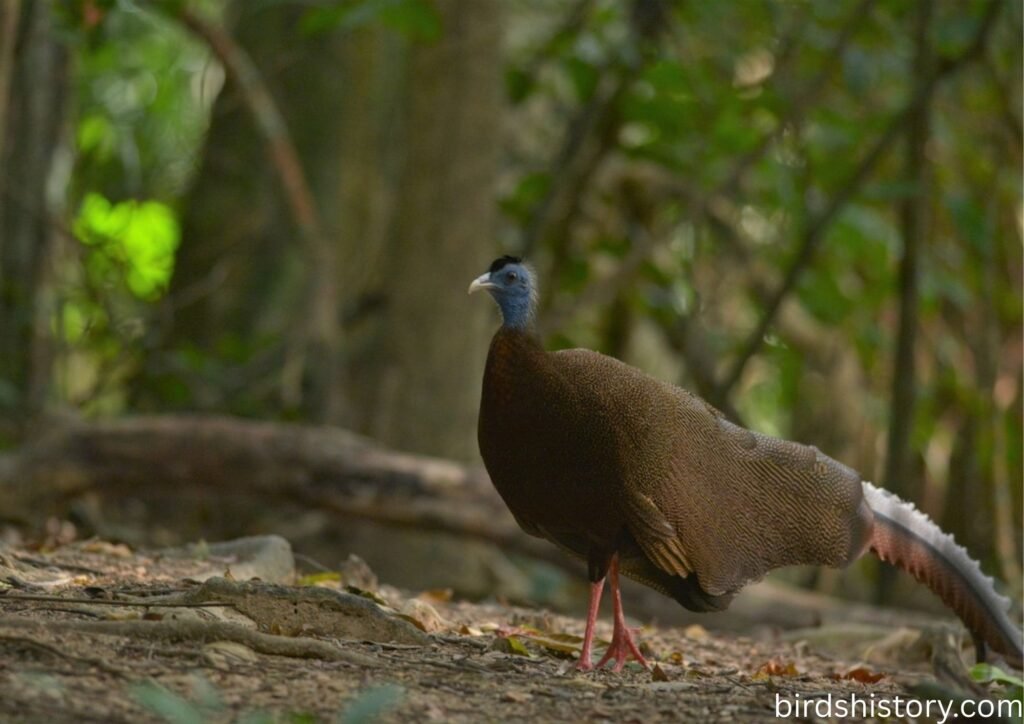
Behavior and Lifestyle
The Great Argus is a solitary and secretive bird.
- Social Behavior: Males and females live separately except during the breeding season.
- They aren’t powerful fliers; they prefer to walk or run on the ground in the forest. When threatened, they can burst into short, loud flights to escape predators.
- Vocalizations: Known for their loud, booming calls that can carry over long distances. Male birds vocalize to mark their territory and attract mates.
- Mating Rituals: The male’s courtship display is legendary. He clears a patch of ground, then spreads his wings wide to reveal his decorated feathers. He shuffles around the female in a hypnotic dance, showing off his artistry. This highly complex display is considered one of the most extraordinary in the entire avian kingdom.
Reproduction and Lifespan
Reproduction for the Great Argus is tied closely to the male’s ability to attract a mate.
- They typically breed during the rainy season, as this is when there is plenty of food.
- Nesting: Females build nests on the ground, hidden in dense vegetation.
- Eggs: Typically 2 eggs are laid, pale in color, with an incubation period of about 25–26 days.
- Parental Care: Only the female incubates and raises the chicks.
- These birds typically have a lifespan of around 15 years in the wild. In captivity, with fewer threats, they may live slightly longer.
Predators and Threats
Like many ground-dwelling birds, the Great Argus faces dangers both natural and human-made.
- Natural Predators: Leopards, clouded leopards, large snakes, and predatory birds may prey on chicks or eggs.
- Environmental Threats: Habitat loss due to logging and agriculture is the biggest challenge.
- Human Impact: Hunting for meat and feathers also poses a serious risk, especially in rural communities where they are valued.
Conservation Status
The Great Argus is currently listed as Near Threatened by the International Union for Conservation of Nature (IUCN).
- Population Trend: Declining, mainly due to habitat destruction.
- Conservation Efforts:
- Protected in several national parks and wildlife reserves across Southeast Asia.
- Ecotourism initiatives have raised awareness of the bird’s unique beauty.
- Breeding programs in captivity aim to support population stability.
Protecting their forest habitat remains the single most important step in ensuring their survival.
Interesting Facts
Here are a few fascinating tidbits about the Great Argus:
- Courtship Dance: Their display courts are often meticulously maintained, cleared of leaves and debris by the male to ensure nothing distracts from his performance.
- Eyespot Illusion: The “eyes” on their feathers are so realistic that early naturalists thought they were painted.
- The bird is named after the Greek mythological figure Argus, who was said to have 100 eyes. This is a clear reference to the eye-like patterns on its feathers.
- Cultural Role: In some local traditions, the Great Argus is seen as a symbol of beauty and patience.
- Camouflage: Despite its size, the female’s brown plumage allows her to blend perfectly into the forest floor while nesting.
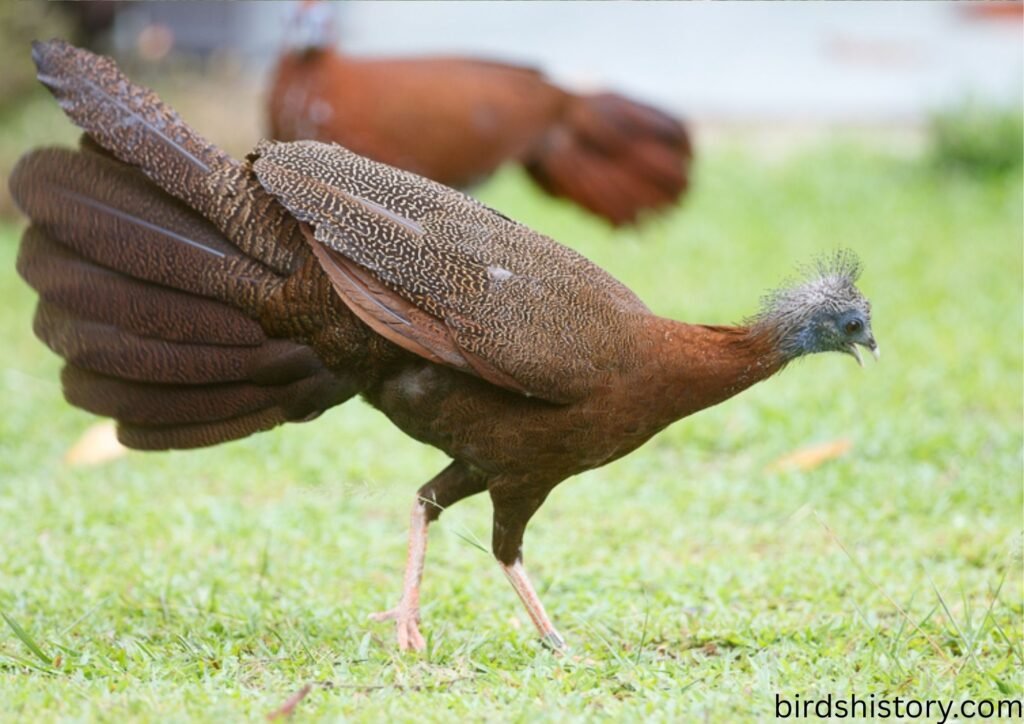
Conclusion / Summary
The Great Argus is more than just a bird—it’s a living piece of art. With its enormous wings, dazzling feather patterns, and theatrical courtship displays, it’s no wonder this bird has inspired myths, legends, and admiration worldwide.
But its beauty also serves as a reminder. The forests it calls home are shrinking, and with them, the future of this remarkable species hangs in the balance. Learning about the Great Argus is the first step toward appreciating and protecting not only the bird itself but also the ecosystems that sustain it.
FAQs about the Great Argus
1. What is the Great Argus?
The Great Argus is a species of large pheasant distinguished by its beautiful wings and complex mating rituals.
2. Where does the Great Argus live?
It lives in the tropical rainforests of Southeast Asia, especially in Malaysia, Thailand, Sumatra, and Borneo.
3. Why is the Great Argus famous?
The male’s dramatic feather display, featuring hundreds of eyespots, makes it one of the most striking courtship performances in the bird world.
4. How big is a Great Argus?
Males can reach up to 6.5 feet in length, including their long tail feathers.
5. What does the Great Argus eat?
It is omnivorous, feeding on fruits, seeds, insects, and small invertebrates.
6. Are Great Argus birds endangered?
They are classified as Near Threatened due to habitat loss and hunting.
7. Do Great Argus birds fly?
Yes, but they are weak fliers. They spend most of their time walking on the forest floor.
8. How do Great Argus birds attract mates?
Males clear a patch of forest and perform a wing-spreading dance to display their ornate feathers.
9. How long do Great Argus birds live?
These birds typically live for about 15 years in their natural habitat, and their lifespan is a bit longer in captivity.
10. Why is it called “Argus”?
The bird is named after the giant Argus Panoptes from Greek mythology. with 100 eyes, reflecting the bird’s many feather eyespots.
